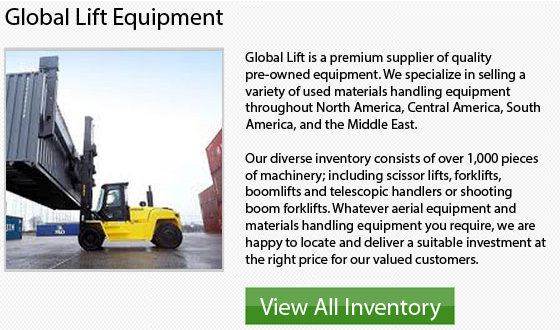
Basic Training Information for Liquid Petroleum Gas
Liquefied petroleum gas has 90 percent propane and has no colour or smell. This fuel, also called LPG, derives from natural gas. Liquid Petroleum Gas is extracted utilizing a method known as distilling.
Considerations
LPG fuel needs to be carefully handled. It is usually safe, but can lead to a fire or explosion if gas lines are improperly installed or maintained. Proper installation and maintenance guidelines should always be followed for home appliances which use LPG.
Prevention
Personnel who work directly with LPG should undergo training in accident prevention to ensure safe handling. There are refueling procedures which should be carefully followed. Personnel must also learn how to recognize hazards such as damaged hoses or loose fittings, and how to test for possible leaks. Personal protective gear should always be worn when working with liquid petroleum gas.
Emergency Preparation
Potentially, the LPG gas is dangerous. The employees in charge of handling this gas have to be trained and prepared to respond to emergencies. Trainees would learn how to control gas leaks, how to administer first aid and how to evacuate places at risk.
Various Sizes of Liquid Petroleum Gas Tanks
LPG tanks range in size from small tanks that fit in a knapsack to large underground tanks. Liquid petroleum Gas is really useful for cooking and heating for both commercial and residential applications. Lots of forklift models are powered by LPG. About 350,000 motor vehicles in the United States and 3.5 million vehicles globally use LPG tanks.
33 Gallons
There is a 33-gallon gas tank utilized to deliver LPG gas to commercial machinery. When empty, the tank weighs approximately 7 kilograms. When full, the tank can hold 14 kilograms of propane. It is large enough for industrial application, and is designed to fuel forklifts with LPG engines. The tank is 71 centimeters long with a 30-centimeter diameter.